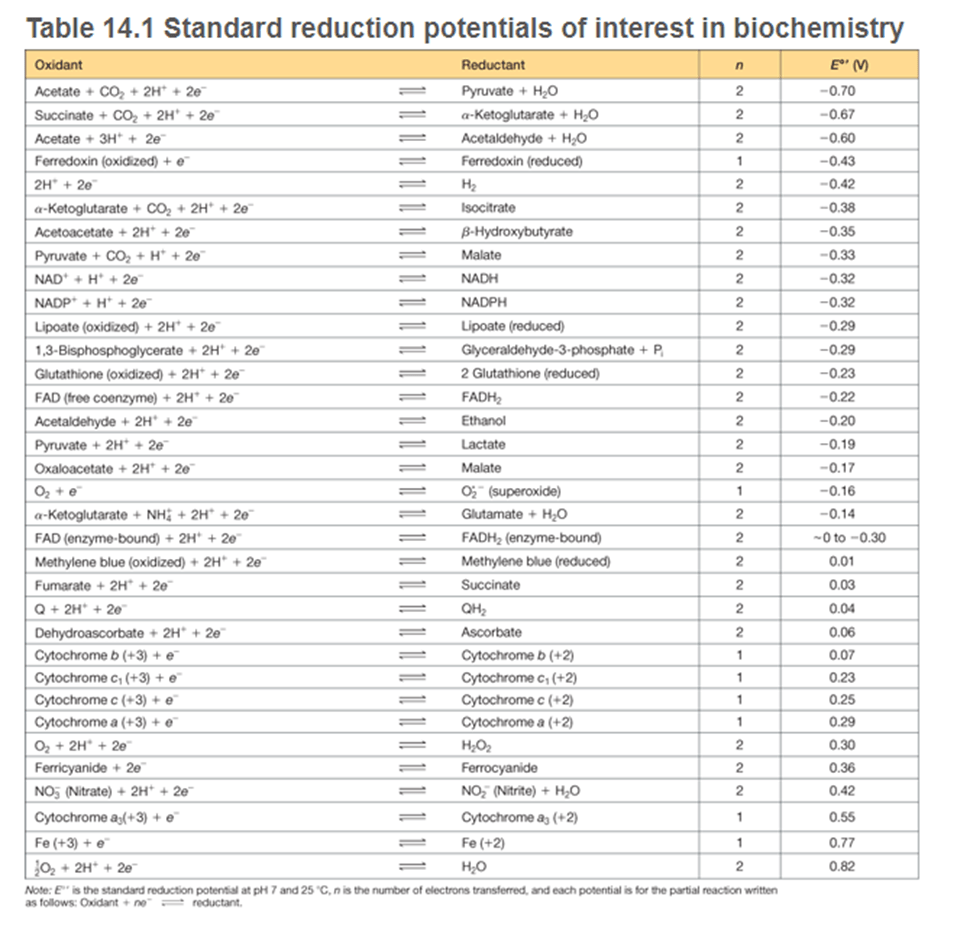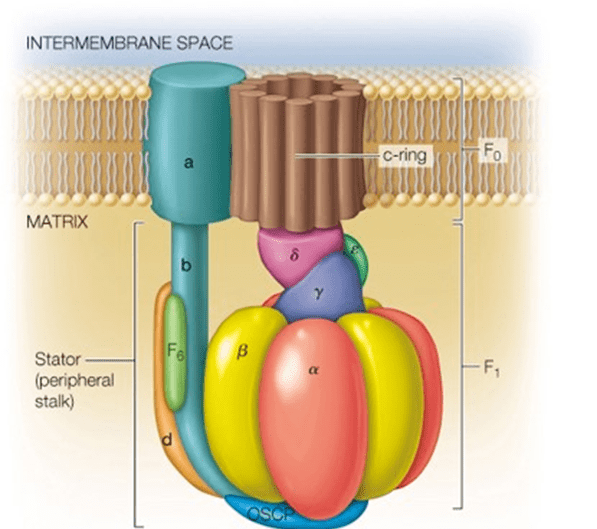How many ATP are used and produced in glycolysis?
2 ATP are used in the energy investment phase, and 4 ATP are produced in the energy generation phase, for a net gain of 2 ATP.
What molecule enters the CAC?
Acetyl-CoA, a 2-carbon molecule.
Where is most ATP generated in cellular respiration?
Oxidative phosphorylation.
Which glycolysis step splits a 6-carbon sugar into two 3-carbon sugars?
The 4th step: Fructose-1,6-bisphosphate (F1,6-BP) is cleaved by aldolase into two 3-carbon molecules.
Where does the CAC take place?
In the mitochondrial matrix.
What is the mitochondrial matrix and what is its purpose?
The innermost compartment of the mitochondrion where the CAC and parts of oxidative phosphorylation occur.
What does hexokinase do in glycolysis?
Hexokinase catalyzes the first step of glycolysis by phosphorylating glucose to form glucose-6-phosphate.
What is the enzyme that converts pyruvate to acetyl-CoA?
Pyruvate dehydrogenase (PDH).
How do you identify the strongest reducing agent using reduction potentials?
The substance with the most negative standard reduction potential (E°) is the strongest reducing agent.

What are common substrates and products of glycolysis?
Substrate: glucose; Products: 2 pyruvate, 2 ATP (net), 2 NADH.
What do oxidoreductase enzymes do?
Catalyze oxidation reactions involving loss of hydrogen atoms.
What are the parts of the respiratory (electron transport) chain?
Complexes I, II, III, IV, and ATP synthase.
How do glycolysis and gluconeogenesis differ?
They are nearly reverse processes but use different enzymes and occur in different cellular compartments.
What are four types of biochemical reactions to recognize?
Hydration (add water), Dehydrogenation (lose H), Substrate-level phosphorylation (add phosphate), Oxidative decarboxylation (lose CO₂ with NAD⁺).
Which complexes pump protons (H⁺) across the membrane (against the gradient)?
Complexes I, III, and IV.
What molecules activate glycolysis?
F2,6BP, AMP, ADP, F1,6BP, and insulin.
What is the overall yield from one molecule of glucose through glycolysis and CAC?
6 CO₂, 10 NADH, 2 FADH₂, and 4 ATP.
What is the final electron acceptor in cellular respiration?
Oxygen (O₂).
Name three precursors that enter the glycolytic pathway.
Glycogen, glycerol, and lactose.
What is the yield from one turn of the CAC?
1 ATP, 3 NADH, 1 FADH₂.
How many ATP are produced from complete oxidation of one glucose molecule?
About 32 ATP.
What does glycogen release to enter glycolysis?
Glucose-1-phosphate, which is converted to glucose-6-phosphate.
What inhibits the PDH complex?
NADH and acetyl-CoA.
Name three reactive oxygen species that must be controlled.
Superoxide (O₂⁻), hydrogen peroxide (H₂O₂), and hydroxyl radical (•OH).
What is the role of glycogen in muscle and liver?
In muscle: energy for contraction. In liver: regulates blood glucose.
What is an anaplerotic pathway?
A pathway that replenishes intermediates of the CAC.
What is the order of glucose metabolism pathways?
Glycolysis → CAC → Electron Transport Chain → ATP Synthase.
When and how is glycogen made?
When blood glucose is high, glucose is activated to UDP-glucose and stored as glycogen.
What amino acid can be converted into α-ketoglutarate?
Glutamate.
How can ATP synthase be recognized in an image?
It’s the large protein complex embedded in the inner mitochondrial membrane, often shown as a turbine-like structure using the proton gradient to produce ATP.
